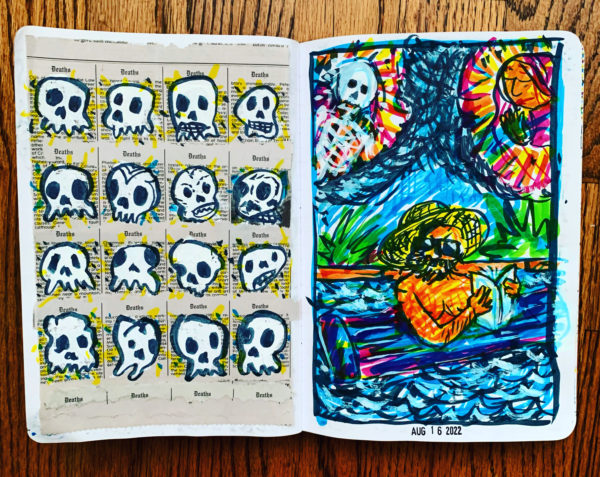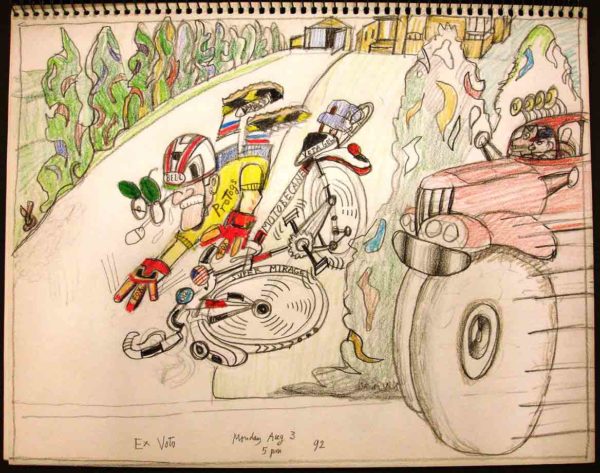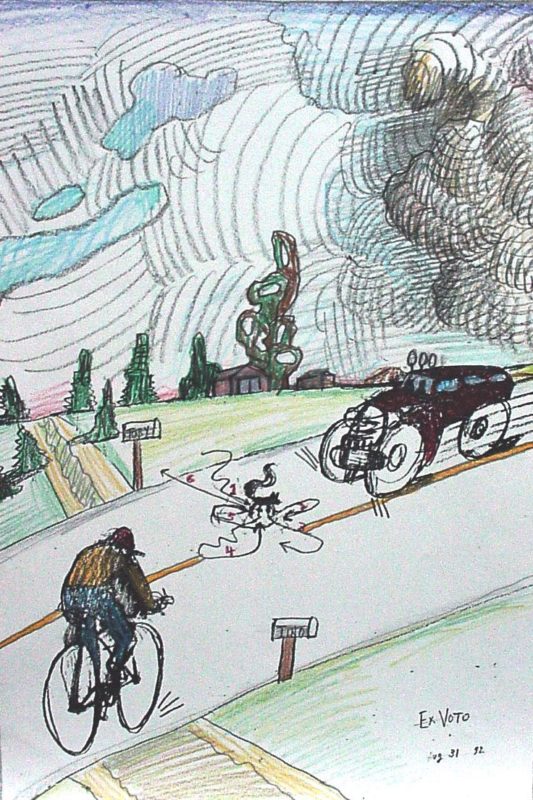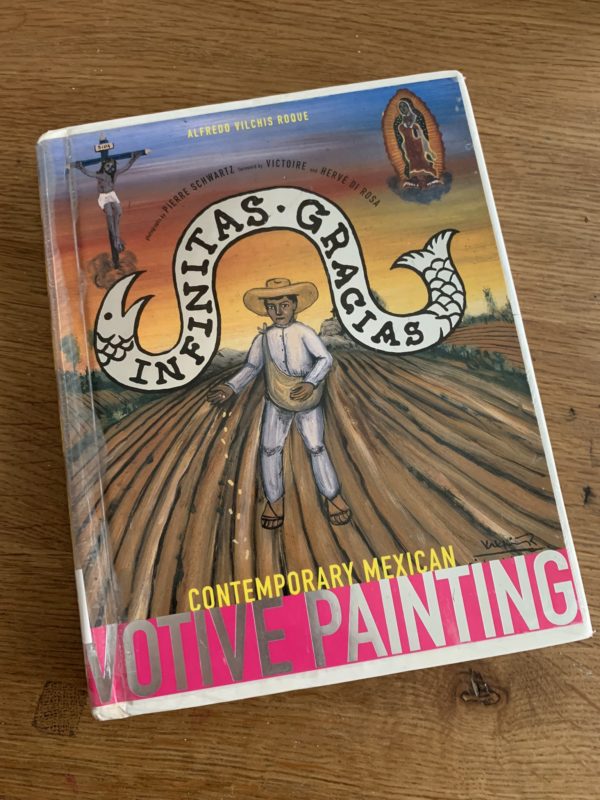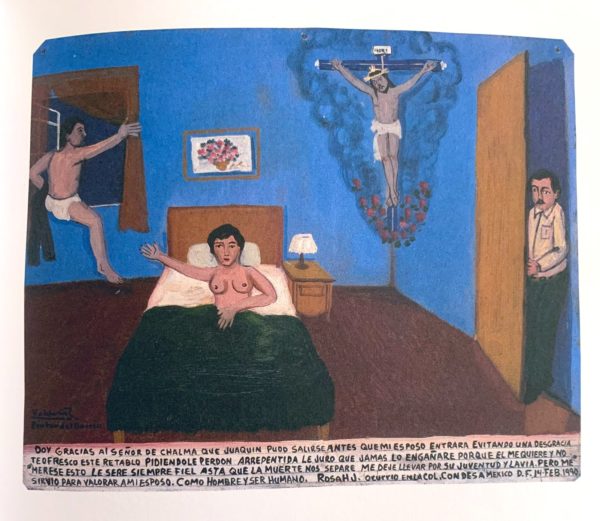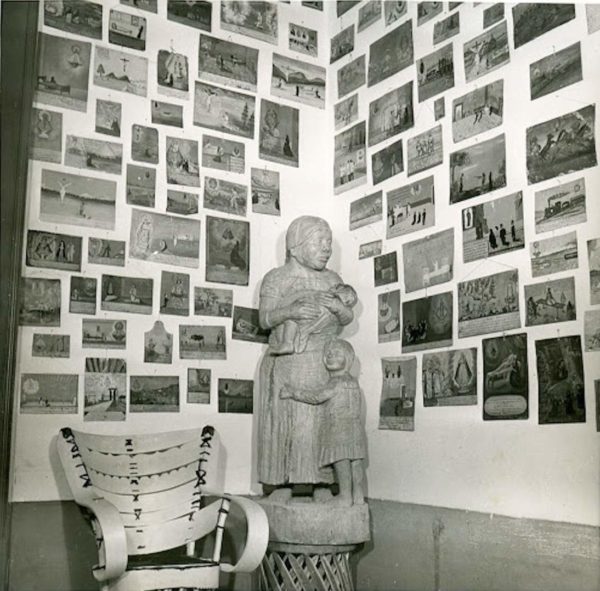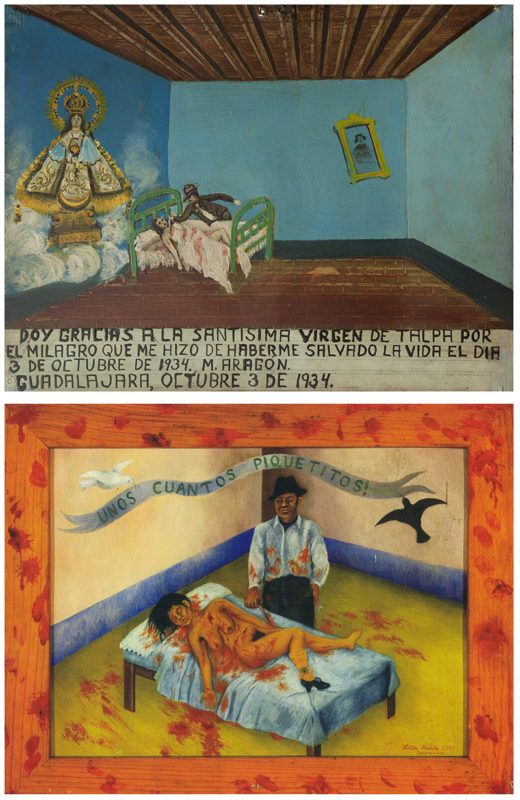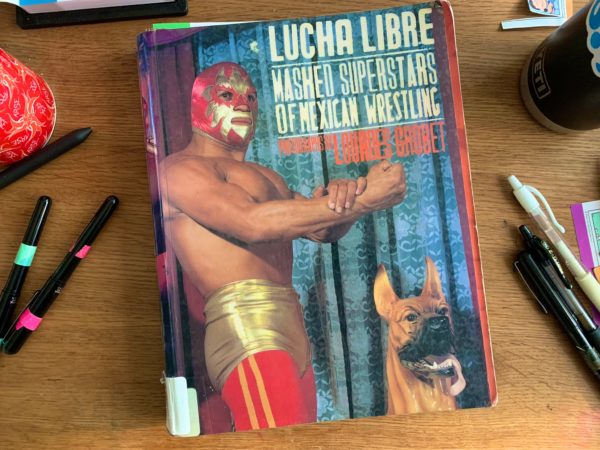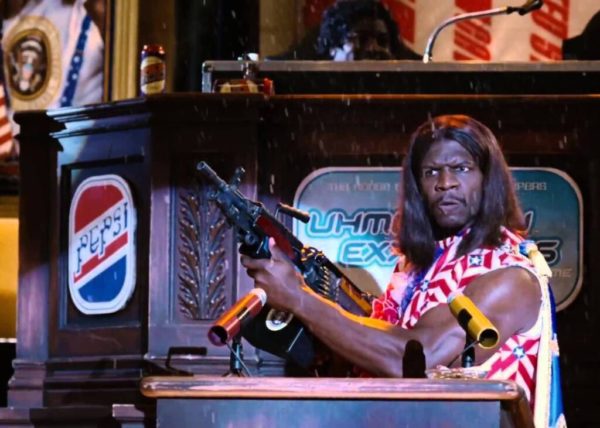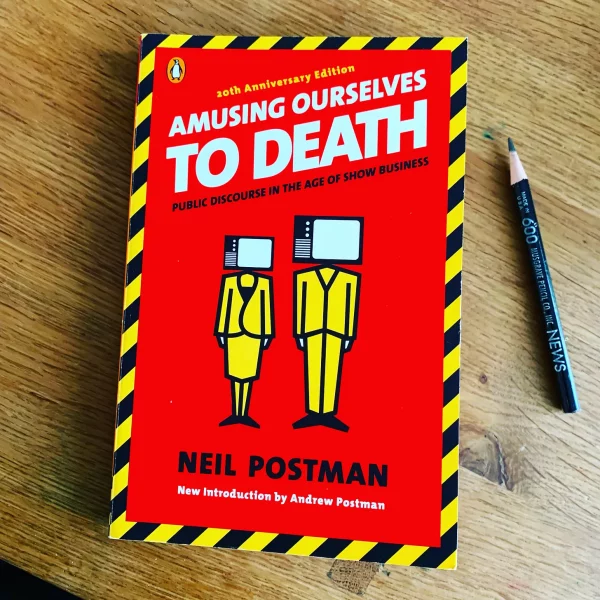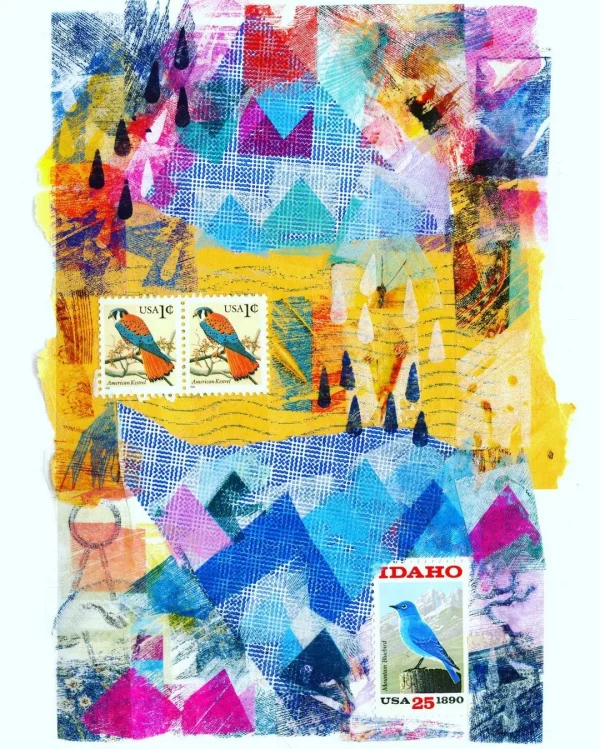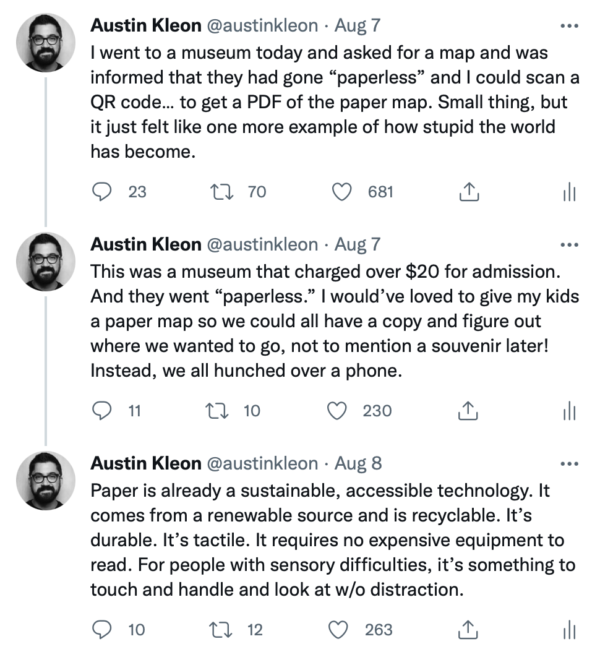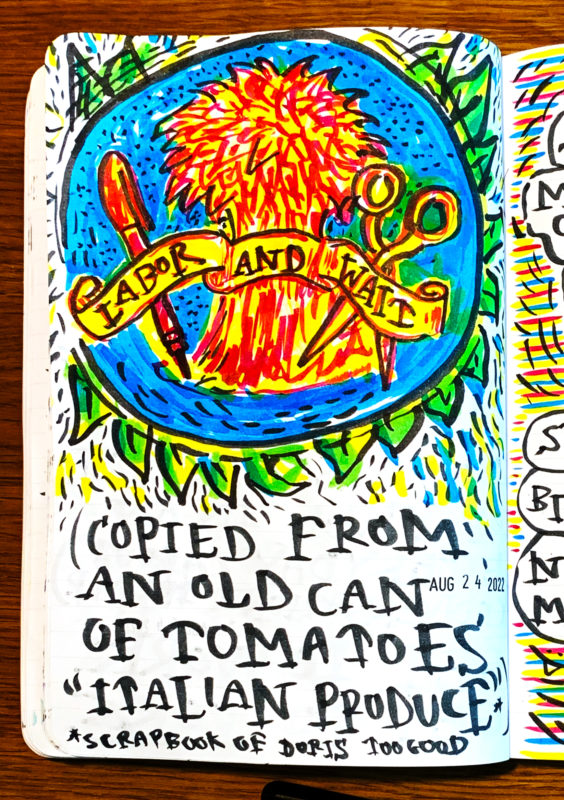
I copied this logo off a label from a can of tomatoes I saw in a scrapbook over at @paperofthepast on Instagram. (I swapped the shovel and sickle for a brush pen and scissors.)
Labor and wait, I thought, sounds like the writing process.
You write something, then you put it in the drawer and wait until tomorrow to pull it out and see if it’s any good.
You put together a book proposal, then you send it out and wait to see if anybody buys it.
You finish a draft of your manuscript, then you email it to your editor and wait to see what they think.
You publish a book, and you wait to see if anybody reads it.
(See also: The Abyss and The Gulp.)
After a little googling, I discovered that “Labor and Wait” is from the last line in Longfellow’s poem “A Psalm of Life”:
Let us, then, be up and doing,
With a heart for any fate;
Still achieving, still pursuing,
Learn to labor and to wait.
That poem made me think a little differently about the phrase.
You don’t cease labor and wait, you labor and wait, laboring while you’re waiting.
Always laboring, always working, always making, even when you’re waiting.
“The waiting is the hardest part,” another poet said.
“Let us, then, be up and doing,” says Longfellow, and the waiting will be less hard.
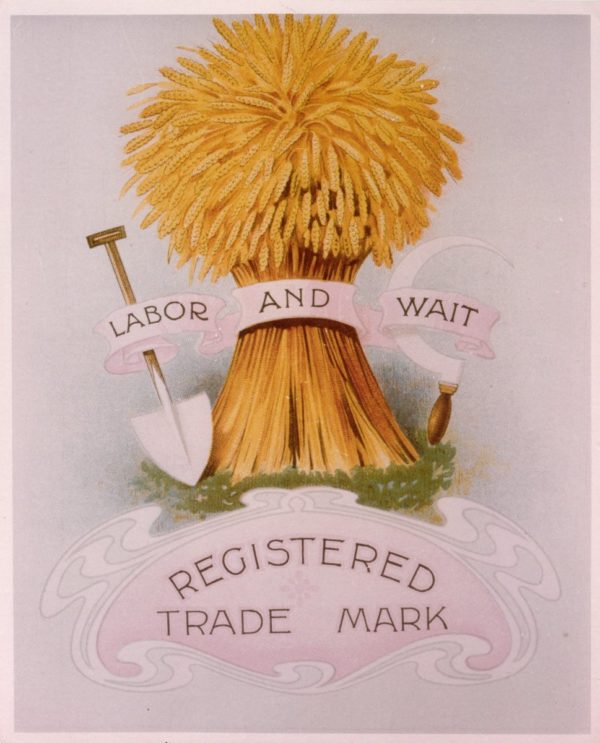
The “wheat sheaf” image is actually the trademark of a co-op society.
The wheatsheaf is a powerful Co-operative symbol, evoking messages of unity in strength as one stalk of wheat can be easily broken but a whole sheaf has great strength. The American spelling of ‘labor’ is not a typo – it was intended as a statement of support for the anti-slavery North in the US Civil War.
(Here it is on the side of a building.)

